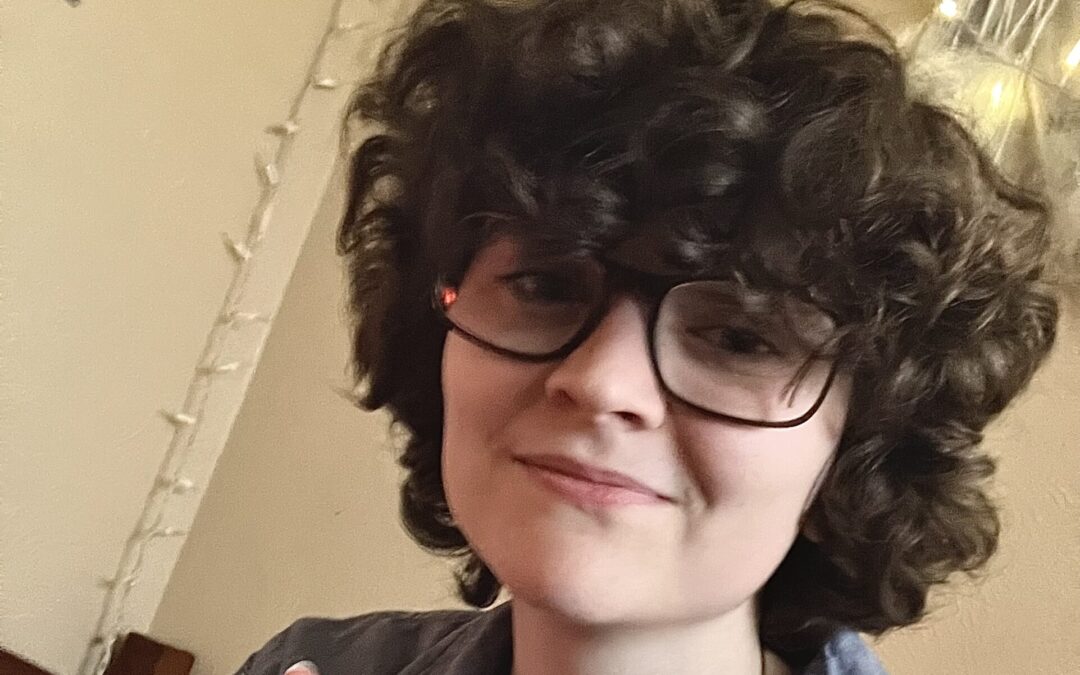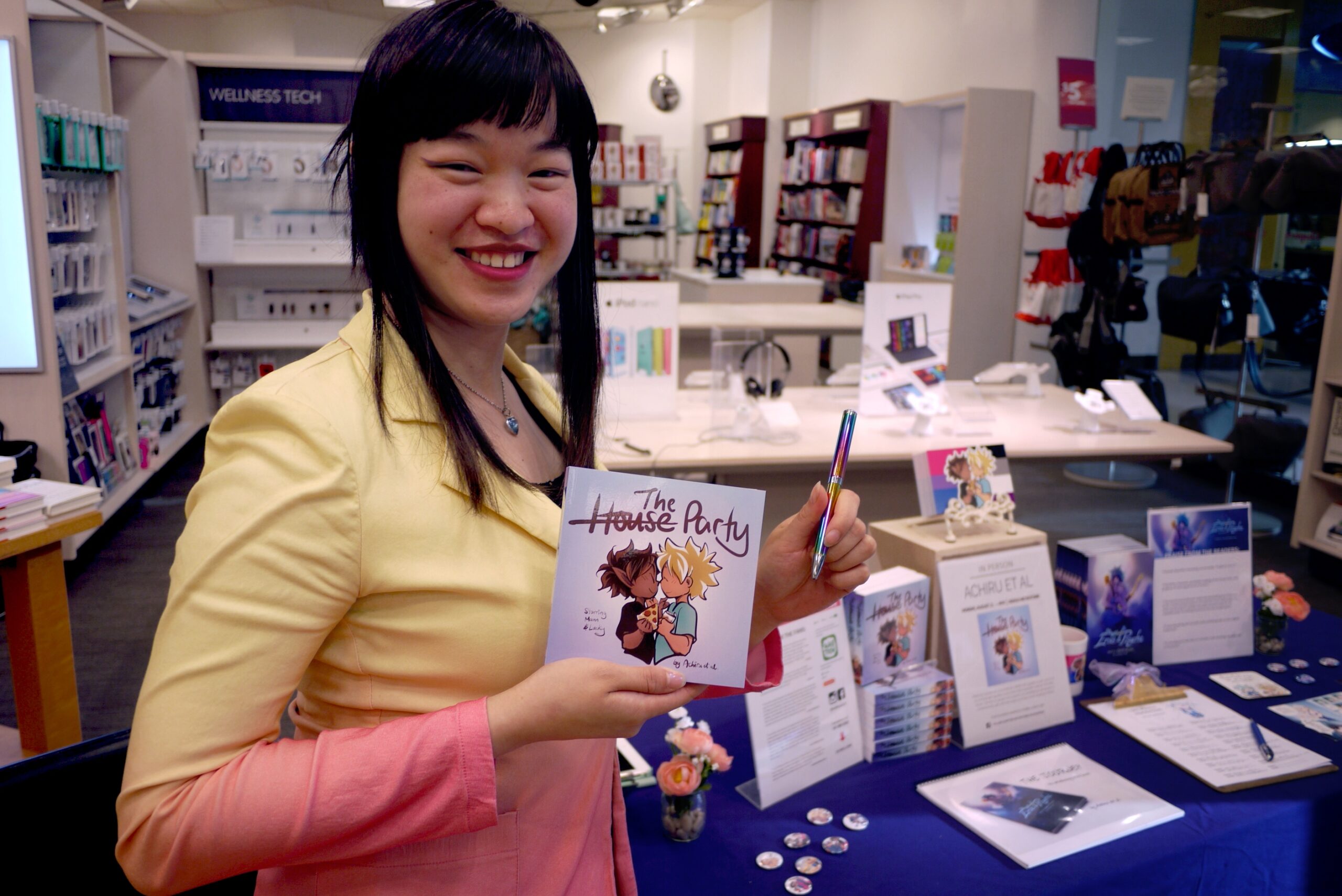
by Michele Kirichanskaya | Oct 28, 2024 | Blog
Ren Cox, also known as ‘sonderfairy’, is a self-taught artist and webcomic creator from Texas. He loves fantasy stories, drawing, and most importantly his cat, Badger. As a trans (FTM), asexual, and panromantic queer person, Ren hopes to inspire others...

by Michele Kirichanskaya | Apr 22, 2023 | Blog
Born to immigrant parents from Hong Kong, Achiru et al (1988) is the creator of UNSPOKEN, the Myth of Eros and Psyche, and the Mann and Lucky Channel. Growing up watching anime and reading manga from Japan, Achiru was inspired to make her own comics. Since 2002, she’s...




